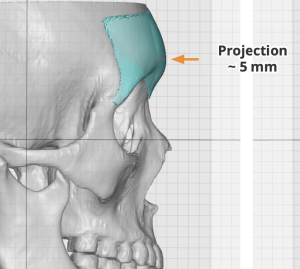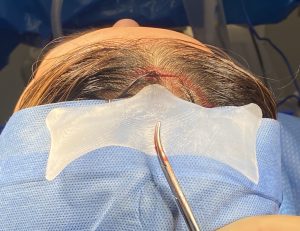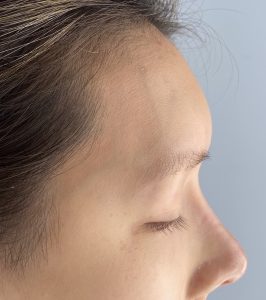Background: Brow bone augmentation is most commonly requested by men for understandable reasons. A stronger more projecting brow bone in the upper third of the face creates an enhanced masculine appearance. Conversely in females a softer brow bone appearance is desired with lack of any visible brow bone prominences particularly in the inner half of the brows. This gender concept is the basis for facial feminization surgery with the goal of removing brow bone prominences for a soft upper facial appearance.
But in most cases of facial feminization these upper third facial changes are done in the genetic male who actually has a natural brow bone prominence While a female seeking brow bone augmentation seeks contrarian to this basic gender facial appearance difference it depends on their natural genetic forehead shape. In some females, particularly Asian patients there is a lack of overall forehead projection including the brow bones. When the brow bones are underdeveloped the eye and upper lids are more exposed creating a larger eye and an overall flatter facial appearance.
Because of these gender differences the design in brow bone implants would be understandably different. These differences would be done in both shape and thickness of the brow bone implant design. A female’s brow bone design would lack having defined brow bone projections and would be thinner than that of most men. These differences are usually not subtle and the most precarious issue in female brow bone implant designs is the risk of being too big.
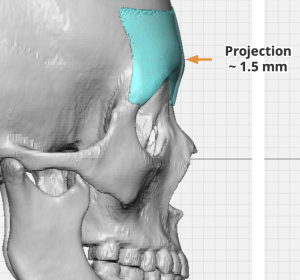
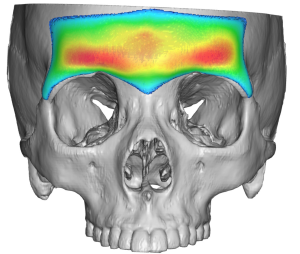
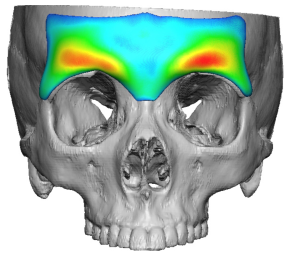
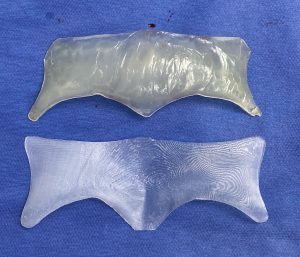


It is hard to know what the exact effects of any custom facial implant design will be as there is no exact preoperative method to correlate the cause and effect relationship. You make your best guess of what you think will achieve the patient’s aesthetic goals and then you see. Many times even the patient may not really know what they want until they wear it so to speak.
Case Highlights:
1) In brow bone and forehead augmentation a few millimeters here or there can make a significant aesthetic difference to the patient’s interpretation of the outcome.
2) In female brow bone implant design a profile asssessment only looks at the thickness in the glabellar region. Color mapping is needed to understand the thickness across the entire brow bone from side to side.
3) It is common that female patient’s over estimate the amount of brow bone augmentation they need. In males it is usually the opposite.
Dr. Barry Eppley
World-Renowned Plastic Surgeon



